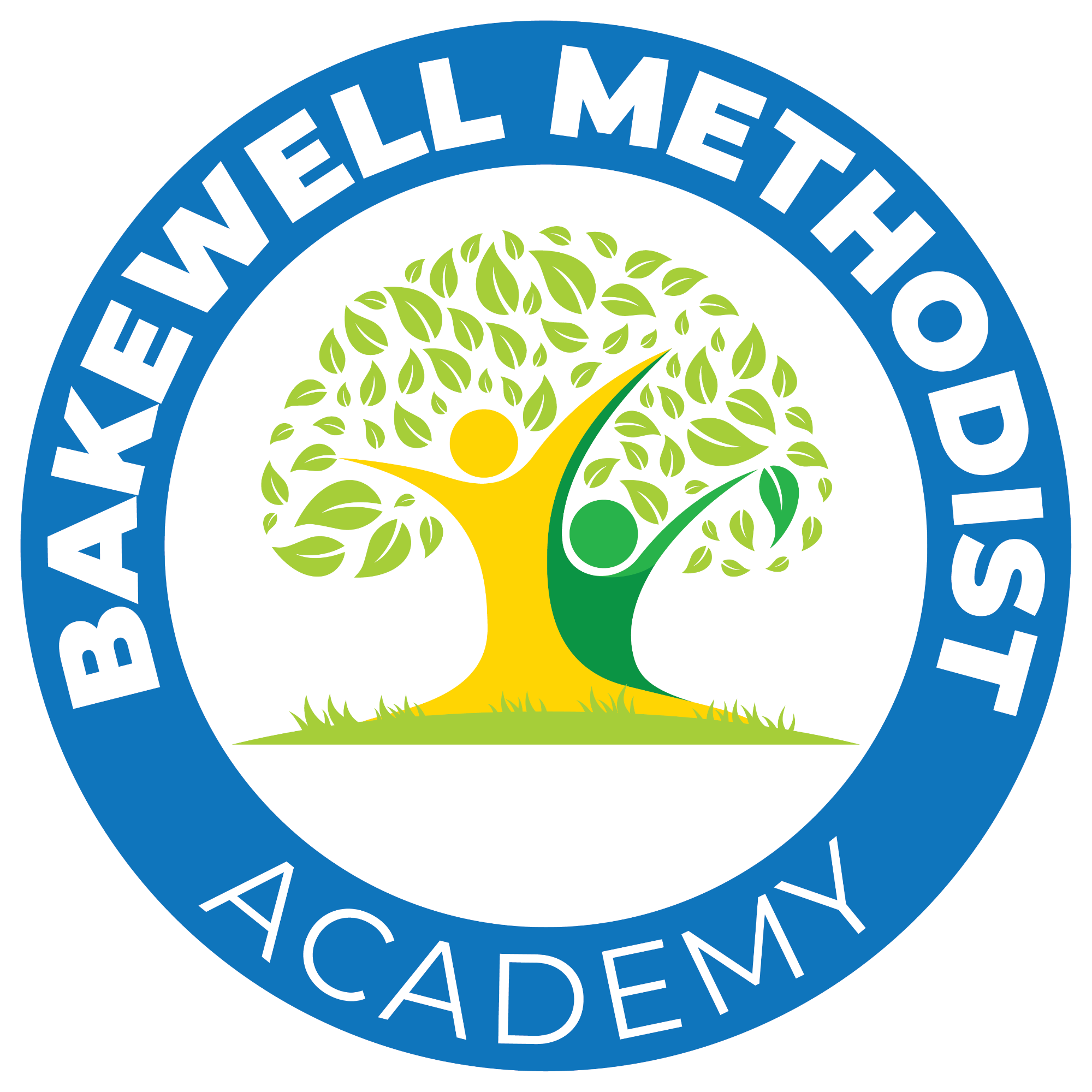Writing
Strategic Intent
To develop a curriculum which:
- Embeds the necessary structure of variety of key texts across Key Stage 2
- Creates a love for learning new words through reading and discussion
- Enables pupils to be able to plan, revise and evaluate their writing. To be able to do this effectively, pupils will focus on developing effective transcription and effective composition.
- Develops an awareness of the audience, purpose and context, and an increasingly wide knowledge of vocabulary and grammar
- Intends for pupils to leave school being able to use fluent and legible speedy handwriting
Implementation
Writing Content and Sequence
- The National Curriculum forms the basis of teaching and learning and dictates the curriculum content for writing at Bakewell Methodist Acadmeny. (See English Teaching Guide for details for the teaching sequence).
- Children are given opportunities to apply their skills in work from wider curriculum subjects and to transfer this into their writing.
- Grammar and spelling objectives are taught as components as part of the Learning Journey as well as discretely when appropriate. Grammar lessons are linked to the class reading book whenever appropriate. (See Spelling and Grammar overviews).
- Children follow the national curriculum to support the spelling and comprehension of statutory words relevant to their age.
- Children progress at their individual pace, and there are greater depth objectives planned for all children who are secure within the expected objectives where appropriate.
- Learning Journeys are sequenced to allow children to build on their knowledge and skills. Working display walls track this journey. Key texts are a vehicle to engage children and provide them with the knowledge that they will write about. Teachers use formative assessment which addresses gaps in the children’s understanding.
- Vocabulary is a focus and lessons are planned to provide maximum opportunities for children to develop their knowledge and application. New words learnt through reading are displayed in the classroom. There is a high expectation placed on spelling. Children are encouraged to check and correct spelling mistakes, using dictionaries if needed.
- With regards to spelling, teachers will show pupils how to understand the relationships between words, how to understand nuances in meaning, and how to develop their understanding of, and ability to use, figurative language. They will also teach pupils how to work out and clarify the meanings of unknown words and words with more than one meaning. Pupils will be taught to control their speaking and writing consciously and to use Standard English.
Writing Teaching and Learning, Assessment and Feedback
- Each lesson is part of a structured sequence. Children understand that lessons are cumulative and there is a clear sequence in place in order for children to be aware of how they are progressing through the journey in order to produce their very best outcome. (See English Steps for Learning to show the progression throughout Key Stage 2).
- Formative assessment is used constantly in order to determine the children’s progress and to address misconceptions and to challenge children appropriately each lesson.
- Feedback is given in line with the Assessment Policy. At the beginning of a unit of work, the teacher will highlight errors for the children to correct. Children are expected to recognise this error and will correct it using a purple “improving” pen. Children are then given the opportunity to respond to this marking. This process continues during the children’s learning journey to encourage them to take responsibility for the grammatical accuracy of their written work.
- When children have gaps in their knowledge, tailored additional provision is planned for.
- Children’s writing outcomes are also used for formative and summative assessment. Next steps for individuals or the whole class are identified.
Cross-curricular learning
- Teachers know the importance of learning across the curriculum. The children produce extended writing in their writing books. This normally coincides with the unit of work in English over the course of that particular term so that children have the opportunity to practise and apply the skills learnt in their English lessons.
